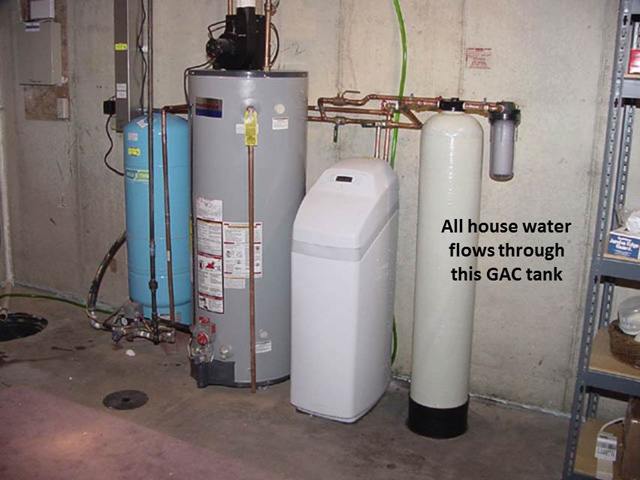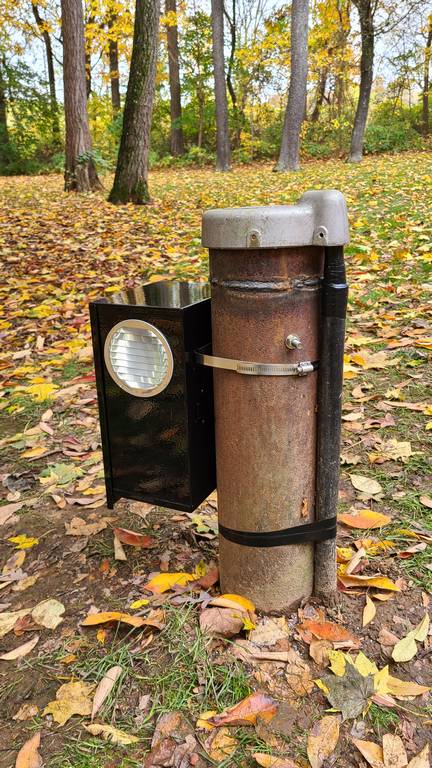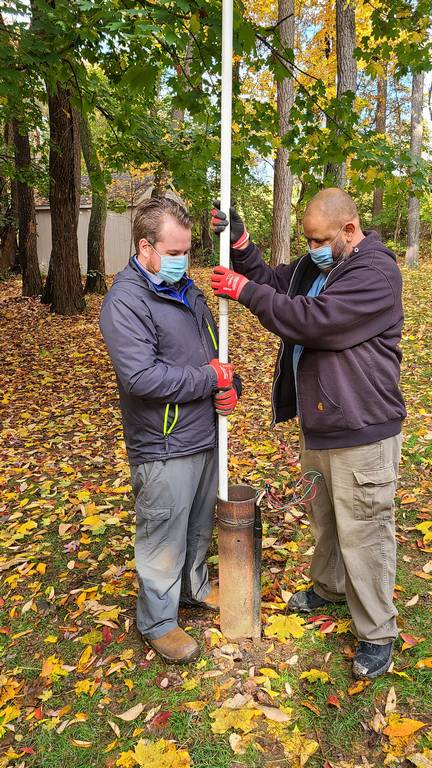 |
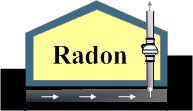 |
Bill Brodhead WPB Enterprises Inc
Radon & Vapor Intrusion |
 |
 |
|
Bill Brodhead WPB Enterprises Inc.
Radon & Vapor Intrusion |
 |
 |
|
 |
 |
Two generic methods
|
 |
|
Radon in Water - FAQ & info page WPB Home Page All Radon Info List of all WPB-radon pages |
 |
Two generic methods
|
 |
|
Radon in Water - FAQ & info page
All Radon Info |
|
An AERATION systems remove
up to 99% of the radon in the water.
GAC can only be used for Radon in Water that is less than 20,000 pCi/l or less.
|
 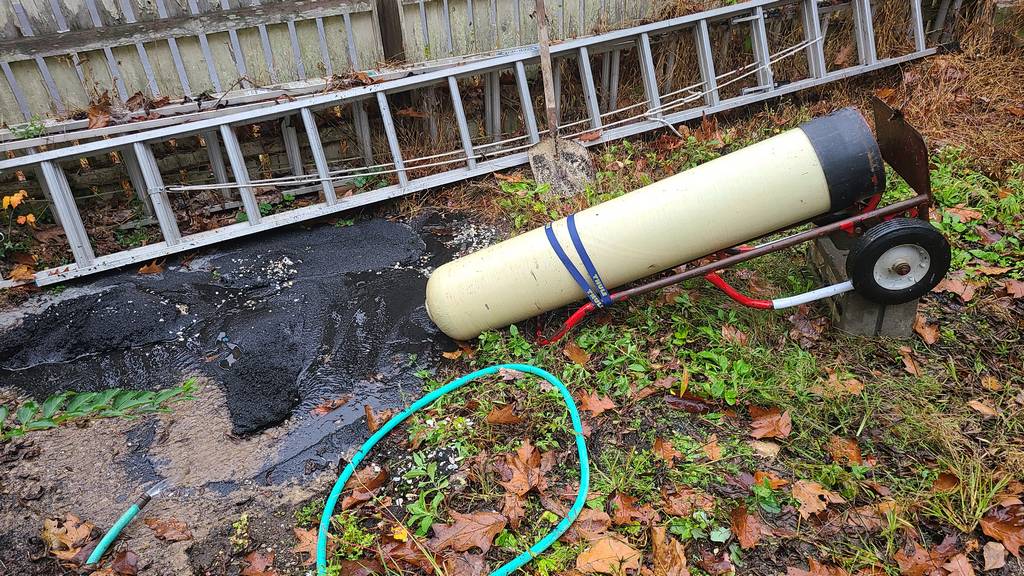 |
|
This is the schematic of a bubbling system or aeration system. Radon in the water moves into the air bubbles created by the aeration system. The exhaust is then vented above the roof. |
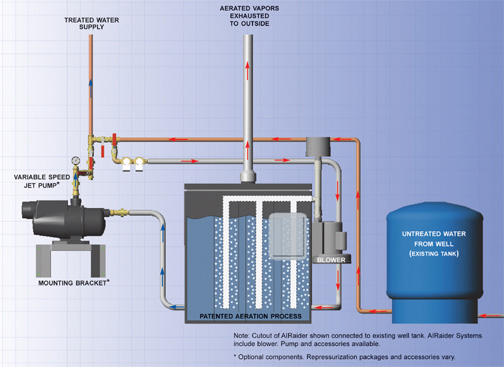 |
 |
|
This is an "AIRaider" system that aerates the water in three separate tanks inside the unit. The grey motor is the blower that provides the aeration. The green tank is the re-pressurization tank and re-pressurization pump We reduced radon in water with this unit from 62,760 Pci/L to 642 pCi/L |
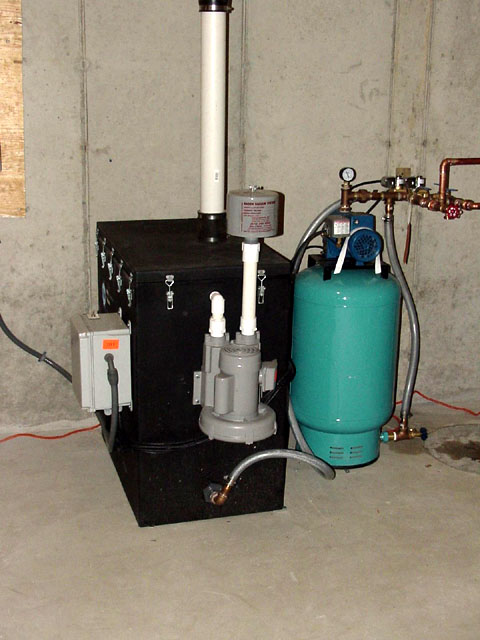 |
 |
|
This is the inside of an aeration system with the top removed. Note the bubbles in the first three tanks. The left tank is the treated water |
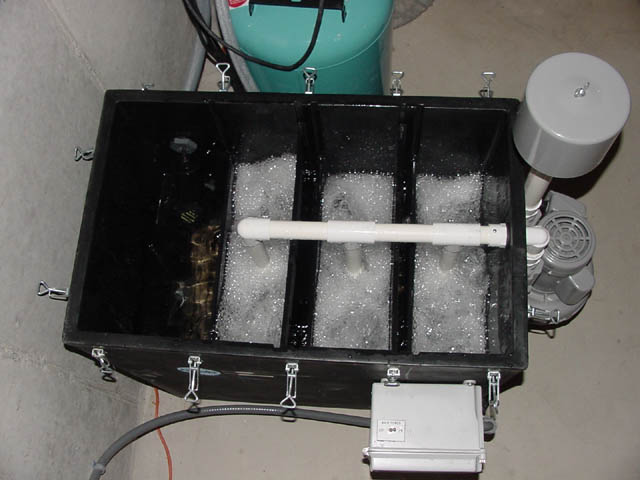 |
 This is system with iron in the water. Aeration systems require yearly or bi-yearly check-ups to check the operation of the solenoids and accumulation of minerals in the aerator tank. T |
|
This is a Shallow Tray aeration system. The water is bubbled in a shallow tray before falling into the bottom of the system. The blue tank on the left is the re-pressurization tank and the re-pressurization pump. |
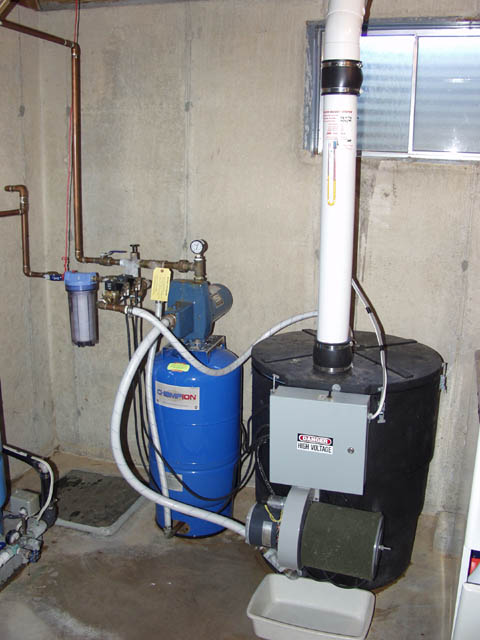 |
 |
|
These are the "Bubble-Up" spray aeration units that use a pump on demand water supply system rather than a pre-pressurized water tank. We installed the smaller unit in a home with limited space and reduced the radon in water from 58,295 pCi/L to 508 pCi/L |
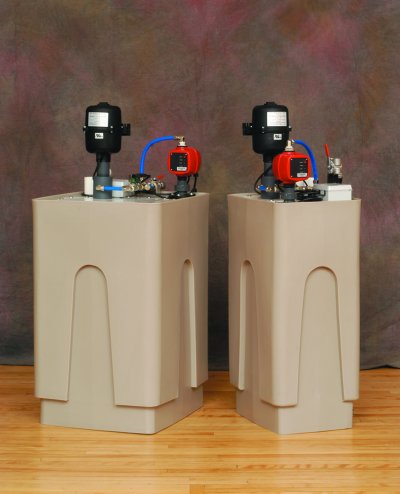 The picture below is a float that got stuck on a bubble-up system. All mechanical water treatment systems can have issues that a qualified installer knows how to avoid and to be able to fix them . |
|
T |
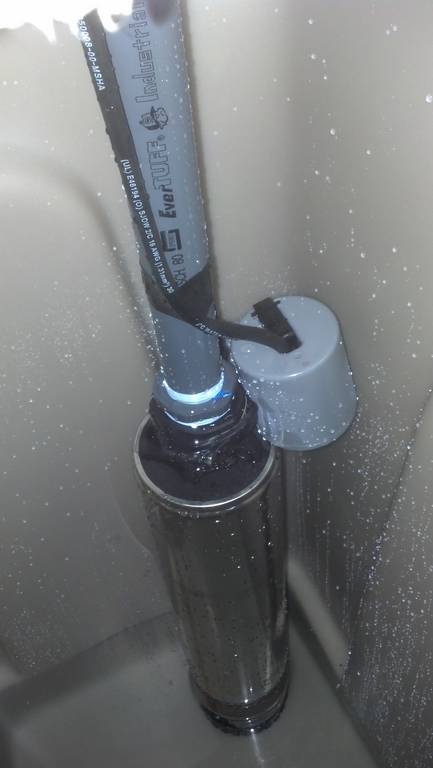 The picture below is a float that got stuck on a bubble-up system. All mechanical water treatment systems can have issues that a qualified installer knows how to avoid and to be able to fix them . |
 The picture below is an Airwell system. It was designed by a Canadian company called Radon Environmental. It works by using a Low Voltage compressor to pump air down into the well to release the radon in the water. It has had performance as good as 99%. The design requires a system that does not airlock the well. |
|
This is a crew installing the aeration piping down into the well
All of these systems have there pros and cons. Talk to installers of each to get a better idea of what would work in your case.
|
 |
|
Granular activated carbon (GAC) systems are simple and less costly than aeration but often provide poor performance. They require yearly or bi-yearly carbon replacement. GAC can only be used for Radon in Water that is less than 20,000 pCi/l or less A GAC tank removes about 80% of the radon in the water An AERATION system removes 99% of the radon in the water |
 |
|
This is the schematic of a bubbling system or aeration system:
Radon in the water moves into the air bubbles created by the aeration system. The exhaust is then vented above the roof. |
 |
|
This is an "AIRaider" system that aerates the water in three separate tanks inside the unit:
The grey motor is the blower that provides the aeration. The green tank is the re-pressurization tank and re-pressurization pump. We reduced radon in water with this unit from 62,760 Pci/L to 642 pCi/L |
 |
|
This is the inside of an aeration system with the top removed:
Note the bubbles in the first three tanks. The left tank is the treated water |
 |
|
This is a Shallow Tray aeration system.
The water is bubbled in a shallow tray before falling into the bottom of the system. The blue tank on the left is the re-pressurization tank and the re-pressurization pump. |
 |
|
These are the "Bubble-Up" spray aeration units that use a pump on demand water supply system rather than a pre-pressurized water tank:
We installed the smaller unit in a home with limited space and reduced the radon in water from 58,295 pCi/L to 508 pCi/L |
 |
|
If you have any questions please feel free to call Bill at 610 346-8004 |
 |
